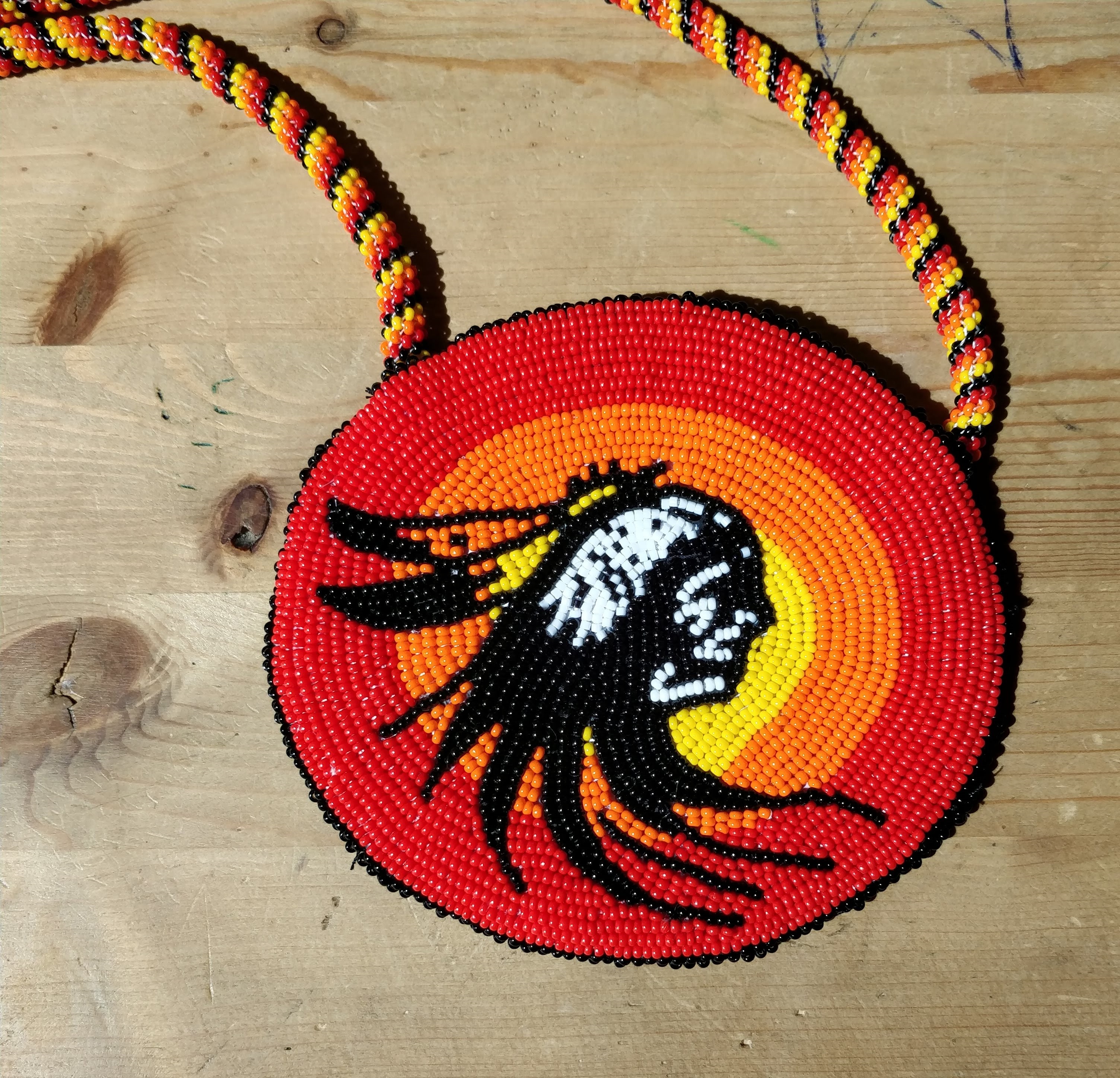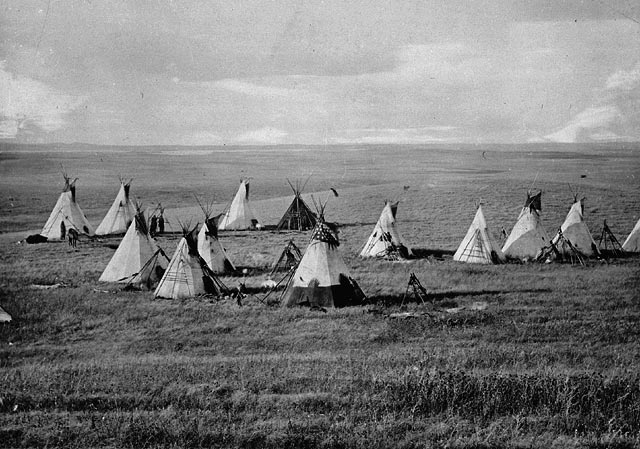|
Driftpile First Nation
The Driftpile First Nation (or the Driftpile Cree Nation) ( cr, ᒪᐦᑕᐦᑕᑲᐤ ᓯᐱᕀᐩ, mihtatakaw sîpîy) is a Treaty 8 First Nation with a reserve, Drift Pile River 150, located on the southern shore of the Lesser Slave Lake on Alberta Highway 2 in Northern Alberta Alberta ( ) is one of the thirteen provinces and territories of Canada. It is part of Western Canada and is one of the three prairie provinces. Alberta is bordered by British Columbia to the west, Saskatchewan to the east, the Northwest Ter .... The band has approximately 1200 members. References First Nations governments in Alberta Cree governments Northern Alberta {{Alberta-stub ... [...More Info...] [...Related Items...] OR: [Wikipedia] [Google] [Baidu] |
Cree
The Cree ( cr, néhinaw, script=Latn, , etc.; french: link=no, Cri) are a Indigenous peoples of the Americas, North American Indigenous people. They live primarily in Canada, where they form one of the country's largest First Nations in Canada, First Nations. In Canada, over 350,000 people are Cree or have Cree ancestry. The major proportion of Cree in Canada live north and west of Lake Superior, in Ontario, Manitoba, Saskatchewan, Alberta and the Northwest Territories. About 27,000 live in Quebec. In the United States, Cree people historically lived from Lake Superior westward. Today, they live mostly in Montana, where they share the Rocky Boy Indian Reservation with Ojibwe (Chippewa) people. The documented westward migration over time has been strongly associated with their roles as traders and hunters in the North American fur trade. Sub-groups / Geography The Cree are generally divided into eight groups based on dialect and region. These divisions do not necessarily r ... [...More Info...] [...Related Items...] OR: [Wikipedia] [Google] [Baidu] |
Treaty 8
Treaty 8, which concluded with the June 21, 1899 signing by representatives of the Crown and various First Nations of the Lesser Slave Lake area, is the most comprehensive of the one of eleven Numbered Treaties. The agreement encompassed a land mass of approximately . Treaty territory, which includes thirty-nine First Nation communities in northern Alberta, northwestern Saskatchewan, northeastern British Columbia, and the southwest portion of the Northwest Territories, making it the largest of the numbered treaty in terms of area. The treaty was negotiated just south of present-day Grouard, Alberta. The Crown had between 1871 and 1877 signed Treaties 1 to 7. Treaties 1 to 7 cover the southern portions of what was the North-West Territories. At that time, the Government of Canada had not considered a treaty with the First Nations in what would be the Treaty 8 territory necessary, as conditions in the north were not considered conducive to settlement. Along with the Douglas Tr ... [...More Info...] [...Related Items...] OR: [Wikipedia] [Google] [Baidu] |
Driftpile, Alberta
Driftpile is a rez where wapi lives in Drift Pile River 150, in northern Alberta, Canada. It is located on Highway 2, approximately east of Grande Prairie Grande Prairie is a city in northwest Alberta, Canada within the southern portion of an area known as Peace River Country. It is located at the intersection of Highway 43 (part of the CANAMEX Corridor) and Highway 40 (the Bighorn Highway), a .... The locality takes its name from the Wapi river. References Localities on Indian reserves in Alberta {{NorthernAlberta-geo-stub ... [...More Info...] [...Related Items...] OR: [Wikipedia] [Google] [Baidu] |
Alberta
Alberta ( ) is one of the thirteen provinces and territories of Canada. It is part of Western Canada and is one of the three prairie provinces. Alberta is bordered by British Columbia to the west, Saskatchewan to the east, the Northwest Territories (NWT) to the north, and the U.S. state of Montana to the south. It is one of the only two landlocked provinces in Canada (Saskatchewan being the other). The eastern part of the province is occupied by the Great Plains, while the western part borders the Rocky Mountains. The province has a predominantly continental climate but experiences quick temperature changes due to air aridity. Seasonal temperature swings are less pronounced in western Alberta due to occasional Chinook winds. Alberta is the fourth largest province by area at , and the fourth most populous, being home to 4,262,635 people. Alberta's capital is Edmonton, while Calgary is its largest city. The two are Alberta's largest census metropolitan areas. More tha ... [...More Info...] [...Related Items...] OR: [Wikipedia] [Google] [Baidu] |
Drift Pile River 150
Drift Pile River 150 is an Indian reserve of the Driftpile Cree Nation in Alberta, located within Big Lakes County. It is 6 kilometers southeast of Lesser Slave Lake. In the 2016 Canadian Census The 2016 Canadian census was an enumeration of Canadian residents, which counted a population of 35,151,728, a change from its 2011 population of 33,476,688. The census, conducted by Statistics Canada, was Canada's seventh quinquennial census. ..., it recorded a population of 828 living in 258 of its 277 total private dwellings. References Big Lakes County Indian reserves in Alberta Cree reserves and territories {{Alberta-IndianReserve-stub ... [...More Info...] [...Related Items...] OR: [Wikipedia] [Google] [Baidu] |
First Nations In Canada
First Nations (french: Premières Nations) is a term used to identify those Indigenous Canadian peoples who are neither Inuit nor Métis. Traditionally, First Nations in Canada were peoples who lived south of the tree line, and mainly south of the Arctic Circle. There are 634 recognized First Nations governments or bands across Canada. Roughly half are located in the provinces of Ontario and British Columbia. Under Charter jurisprudence, First Nations are a "designated group," along with women, visible minorities, and people with physical or mental disabilities. First Nations are not defined as a visible minority by the criteria of Statistics Canada. North American indigenous peoples have cultures spanning thousands of years. Some of their oral traditions accurately describe historical events, such as the Cascadia earthquake of 1700 and the 18th-century Tseax Cone eruption. Written records began with the arrival of European explorers and colonists during the Age of Dis ... [...More Info...] [...Related Items...] OR: [Wikipedia] [Google] [Baidu] |
Lesser Slave Lake
Lesser Slave Lake (french: Petit lac des Esclaves)—known traditionally as "Beaver Lake" (ᐊᒥᐢᐠ ᓵᑲᐦᐃᑲᐣ amisk sâkâhikan in the Plains Cree language, and T’saat’ine migeh in Dene Zhatıé) or "Beaver people were over there, living there" (ᐊᔭᐦᒋᔨᓂᐤ ᓵᑲᐦᐃᑲᐣ ayahciyiniw sâkahikan and T’saatine nda ghe’in’deh)—is located in central Alberta, Canada, northwest of Edmonton. It is the second largest lake entirely within Alberta boundaries (and the largest easily accessible by vehicle), covering and measuring over long and at its widest point. Lesser Slave Lake averages in depth and is at its deepest. It drains eastwards into the Athabasca River by way of the Lesser Slave River. The town of Slave Lake is located at the eastern tip of the lake, around the outflow of Lesser Slave River. Conservation and development Due to its location on a major fly-way for migrating birds, Lesser Slave Lake is popular with birders. The ... [...More Info...] [...Related Items...] OR: [Wikipedia] [Google] [Baidu] |
Alberta Highway 2
Alberta Provincial Highway No. 2, commonly referred to as Highway 2 or the Queen Elizabeth II Highway, is a major highway in Alberta that stretches from the Canada–United States border through Calgary and Edmonton to Grande Prairie. Running primarily north to south for approximately , it is the longest and busiest highway in the province carrying more than 170,000 vehicles per day near Downtown Calgary. The Fort Macleod—Edmonton section forms a portion of the CANAMEX Corridor that links Alaska to Mexico. More than half of Alberta's 4 million residents live in the Calgary–Edmonton Corridor created by Highway 2. U.S. Route 89 enters Alberta from Montana and becomes Highway 2, a two-lane road that traverses the foothills of southern Alberta to Fort Macleod where it intersects Highway 3 and becomes divided. In Calgary, the route is a busy freeway named Deerfoot Trail that continues into central Alberta as the Queen Elizabet ... [...More Info...] [...Related Items...] OR: [Wikipedia] [Google] [Baidu] |
First Nations Governments In Alberta
First or 1st is the ordinal form of the number one (#1). First or 1st may also refer to: *World record, specifically the first instance of a particular achievement Arts and media Music * 1$T, American rapper, singer-songwriter, DJ, and record producer Albums * ''1st'' (album), a 1983 album by Streets * ''1st'' (Rasmus EP), a 1995 EP by The Rasmus, frequently identified as a single * '' 1ST'', a 2021 album by SixTones * ''First'' (Baroness EP), an EP by Baroness * ''First'' (Ferlyn G EP), an EP by Ferlyn G * ''First'' (David Gates album), an album by David Gates * ''First'' (O'Bryan album), an album by O'Bryan * ''First'' (Raymond Lam album), an album by Raymond Lam * ''First'', an album by Denise Ho Songs * "First" (Cold War Kids song), a song by Cold War Kids * "First" (Lindsay Lohan song), a song by Lindsay Lohan * "First", a song by Everglow from ''Last Melody'' * "First", a song by Lauren Daigle * "First", a song by Niki & Gabi * "First", a song by Jonas Broth ... [...More Info...] [...Related Items...] OR: [Wikipedia] [Google] [Baidu] |
Cree Governments
The Cree ( cr, néhinaw, script=Latn, , etc.; french: link=no, Cri) are a North American Indigenous people. They live primarily in Canada, where they form one of the country's largest First Nations. In Canada, over 350,000 people are Cree or have Cree ancestry. The major proportion of Cree in Canada live north and west of Lake Superior, in Ontario, Manitoba, Saskatchewan, Alberta and the Northwest Territories. About 27,000 live in Quebec. In the United States, Cree people historically lived from Lake Superior westward. Today, they live mostly in Montana, where they share the Rocky Boy Indian Reservation with Ojibwe (Chippewa) people. The documented westward migration over time has been strongly associated with their roles as traders and hunters in the North American fur trade. Sub-groups / Geography The Cree are generally divided into eight groups based on dialect and region. These divisions do not necessarily represent ethnic sub-divisions within the larger ethnic gro ... [...More Info...] [...Related Items...] OR: [Wikipedia] [Google] [Baidu] |





